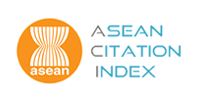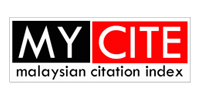Effect of Initial pH for the Decolouration of Methylene Blue in Aqueous Solution Using Nanocellulose From Durian Husk
DOI:
https://doi.org/10.58915/ijneam.v17iJune.844Keywords:
Cellulose nanofibril (CNF), Decolouration, Durian husk, Initial pH, Methylene blueAbstract
An effective strategy for ensuring the long-term availability of accessible resources involves the utilisation of green technology that integrates plentiful resources like cellulose. Cellulose has numerous qualitative advantages, such as being biodegradable, eco-friendly, biocompatible, and rich in hydroxyl (OH) groups. Consequently, cellulose supplies are plentiful and may be replenished in the environment. Thus, cellulose is commonly employed in the packaging, healthcare, and textile sectors. An investigation was conducted to examine the impact of the initial pH on the process of decolorizing methylene blue. The data reveals that a pH level of 44.4% exhibits worse performance compared to a higher pH level. Specifically, a pH level of 7 achieves a maximum decolouration of up to 98%. The study employed methylene blue (MB) as a model for the adsorption investigation. The results of this study suggest that cellulose nanofibrils (CNF) obtained from durian husk possess favourable characteristics as an adsorbent material or as a framework for the immobilisation of nanoparticles for use in nanoelectronics applications, which is a subject of interest.

















